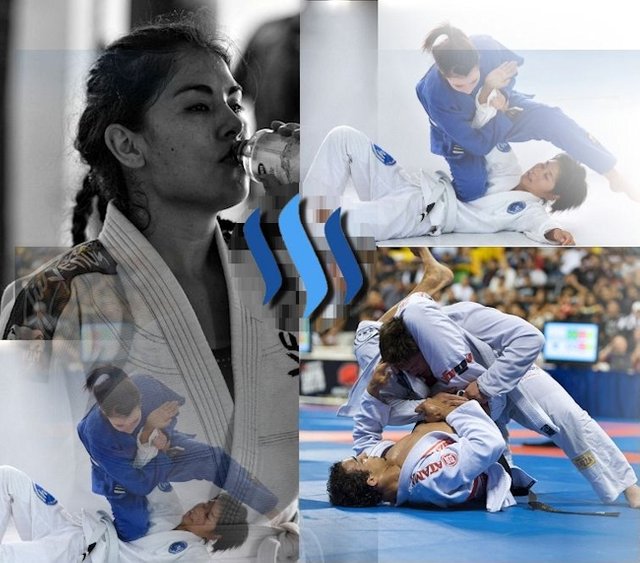
Rolling around on the floor with a bunch of sweaty guys was not my idea of fun a year ago, trust me. It just didn’t seem appealing to me at all. Nowadays, however, it has become such an integral part of my life that many times it is the moment of my day that I look forward to the most. There is something oddly satisfying about it, and after a while, it becomes addictive.
With the rise on popularity of the UFC, maybe you are familiar by now with the sight of people rolling on the floor entangled in what looks like a very confusing hugging battle. If you have watched at least a few fights, most likely you have heard about Brazilian Jiu Jitsu (hereafter referred to as BJJ), and how the commentators always make a big deal out of someone having great expertise there.
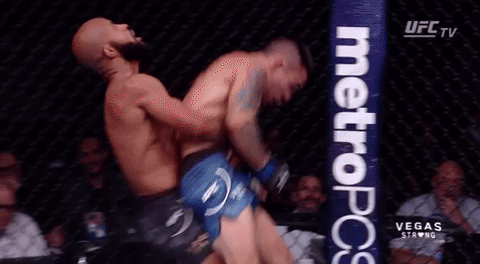
Maybe you are just curious about what the hell is this Brazilian Jiu Jitsu thing that I keep mentioning in my posts and seem to be so obsessed with. Therefore, I decided to make a beginner's guide to demystify this weird-sounding niche martial art and hopefully contribute to its popularization and growth! Let’s begin:
What does it look like?
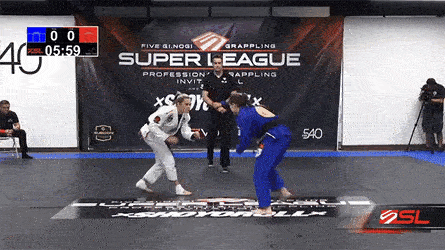
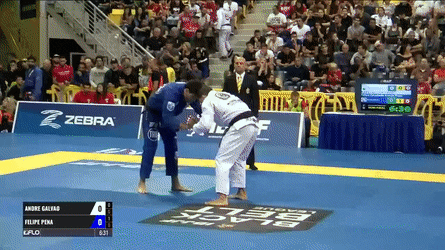
After looking at that, maybe you now understand why some people jokingly refer to it as “South American ground karate”, “struggle snuggles”, “combat hugging”, “aggressive cuddling” and so on.
Whenever I try to describe it to someone, I usually say that BJJ is like a mixture of judo and wrestling. It mostly consists of ground fighting, and the aim of the techniques is to control, immobilize and/or submit your opponent by applying pressure to their joints in a potentially damaging way, or by using chokes.
Why Brazilian?
Jiu Jitsu originally comes from the ground fighting aspect of Japanese Judo. However, the Brazilians adapted it to become more oriented on things like leverage, timing and precision so it could become an effective tool to allow a weaker, smaller person to “level the ground" against a bigger and stronger opponent (how Jiu Jitsu came to Brazil is a story for another day!).
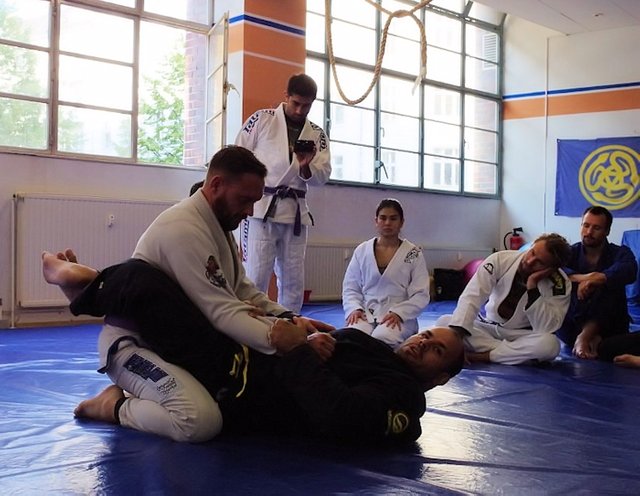
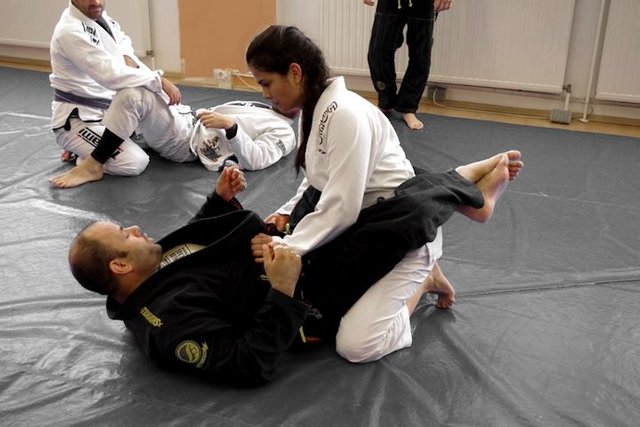
That is one of the reasons why BJJ is an ideal method of self-defense for women to learn: it is very hard to measure up against someone bigger and stronger than you when it comes to punching and kicking (trust me, I’ve been there), but in BJJ you sometimes become amazed at how you can control and even submit an untrained opponent even if you are smaller and not as strong as them, by using leverage, momentum and technique against them.
What's the belt ranking system like?
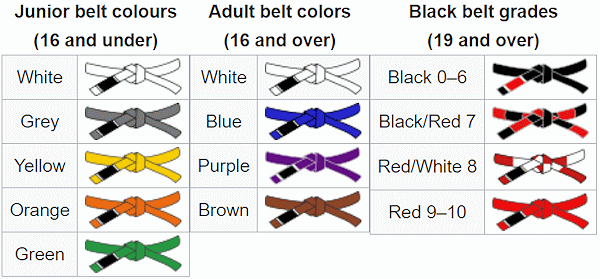
Note how, unlike other martial arts like Karate or Taekowndo, in BJJ there are no black belts awarded to children. Everyone under the age of 16 falls into the junior category, and can only "access" the normal adult progression once said age is reached.
Part of the reason for this is that, unlike other martial arts were the level of black belt can be achieved within three to five years, in BJJ the progression is much slower. In average, for someone without previous grappling experience undergoing regular training, it takes somewhere between 10 to 12 years to earn a black belt.
The other day, I got paired up with a girl who was attending her first BJJ class ever. She asked me how long I have been doing this for, and when I said that "about a year", she opened her eyes wide and uttered, in shock: "And you are still a white belt!? How do you stay motivated?". Well, is not the belt color that motivates me to keep going, but learning more and more, developing my skills and improving my game day by day!
What does “gi” and “no gi” mean?
Gi is the term used for the “pajama-like” uniform that most people associate with traditional martial arts. BJJ is practiced in two modalities: one using the gi, and one without the gi.
For the no gi, we do not fight in the ancient greek style of nakedness, though; instead, people wear mostly skin-tight elastic spats (leggings) and shirts. Some other people also wear shorts and t-shirts that are a bit looser, though.
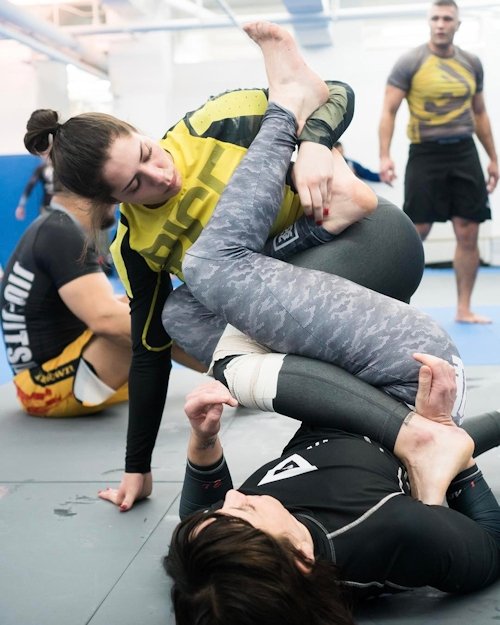
The people who fight in Mixed Martial Arts (such as the fights on the UFC) usually specialize in no gi BJJ.
Why do people decide to get into this? What are the benefits of practicing BJJ?

In my personal experience, I can say that the benefits I have experienced as a result of practicing BJJ for over a year are the following:
Physical:
- Increased strength, especially in arms, abs and back.
- Significantly increased physical endurance.
- Better body recomposition (even though my weight hasn’t changed that much, now I definitely have less fat and more muscle than when I started).
- Improved agility, flexibility and faster reaction times.
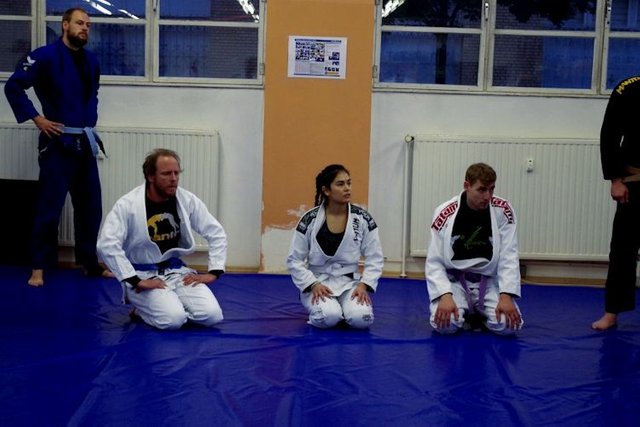
Mental/Psychological:
- I feel much more calmed and grounded (less stress, anxiety, etc.)
- Greater and more solid confidence in myself.
- It helped me to build mental resilience and keeping calm while solving problems under pressure.
- Raised my tolerance to frustration.
- Keeps me humble by showing me my weaknesses and limitations on a daily basis, which keeps my ego in check!
- Made me less afraid of trying new things/making a fool of myself; less concerned about impressing others.
- Provided me with lots of awesome friends! It would seem that BJJ tends to attract a very special sort of people: passionate, dedicated, hard-working and driven, but also very friendly, open minded, laid back and funny.
Common misconceptions
“Kicks and punches are involved”
No kicks or punches are allowed in Jiu Jitsu, only grappling and choking. The fights might start on the feet, but your objective is to take your opponent down and submit them. This martial art emphasizes ground fighting, which makes it very advantageous for self-defense scenarios as most people are completely unaware of how to fight once the fight goes to the ground. In addition, BJJ allows you to immobilize an attacker and neutralize their offensive without causing significant bodily damage to them–in contrast with a situation where you defended yourself or others by using kicks and punches.
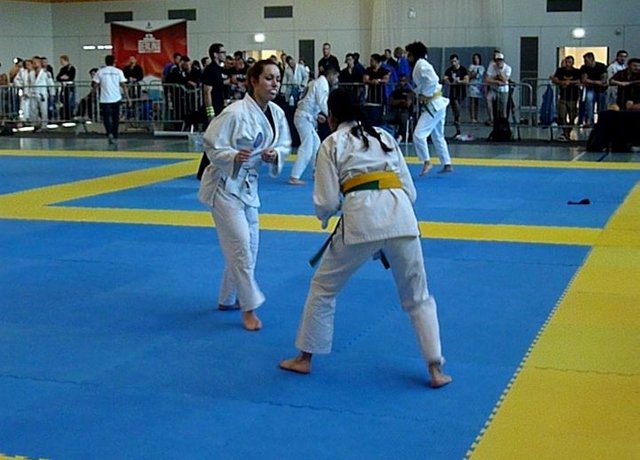
“It seems sexual”
While the very close contact required might make some people uncomfortable in the beginning and definitely requires a brief adaptation period, you will probably be surprised about how natural and non-awkward it feels once you start focusing on the technique. It is very difficult to get distracted with sexual tension when you are completely confused trying to solve the puzzle of limbs you have in front of you, or trying to recreate the move that your coach just demonstrated!
Also, when it comes to sparring, trust me: you could be paired up with the best looking, fittest guy or woman in the class, but once the roll starts all possible sexy thoughts fly right out of your mind, since now your brain is too busy trying to survive or strategize to even have a passing thought like that.
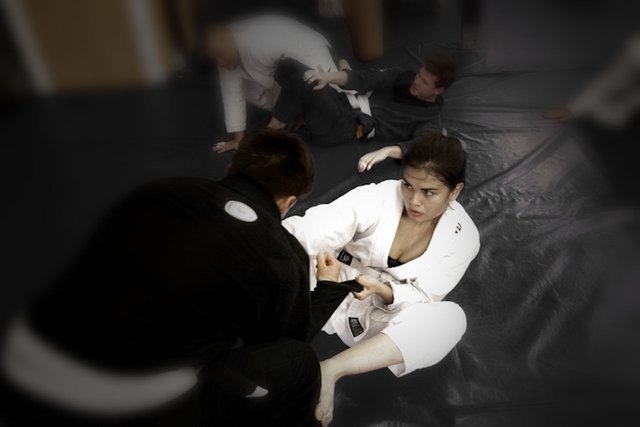
Conversely, if you happen to be one of those people that start BJJ with the ulterior motive of getting some extra contact–of the creepy kind–with your teammates, you are in for a (not very pleasant) surprise…
“You have to be super flexible/fit/young to be able to do it”
If I got 50 SP for every time that somebody opens a thread in reddit asking if they are too old/too fat/too unfit to start practicing BJJ, I would be a whale –or at least a rich dolphin– by now. If there is a martial art that is particularly permissive to this kind of limitations, is this one.
Sure, the basic movements that you will need to learn and perform during warmups might seem baffling and exhausting at first, but after a few weeks you will get the hang of them. If not, Youtube is your friend! Trust me, nobody expects you to look like an expert and have tons of endurance during your first classes; just do the best that you can, keep showing up, and you will notice improvement. If you have extra-nice training partners, you can also ask them spend a few minutes teaching you how to do some of these basic moves after class.
“It looks boring”
I know, I know… I also used to be one of those people who felt like booing every time I was watching a Mixed Martial Arts match and the fight went to the ground and stayed there for ages, but once you get a bit more knowledgeable about what is actually going on there, you find that it is very exciting as well!
BJJ from the outside mostly looks confusing and like “ugly fighting”, and for an untrained eye, sometimes it is even hard to discern who is “winning” at a certain point. However, once you learn the basic positions along with some of the most common submissions and attacks, you suddenly become able to start deciphering what is going on there, which makes it interesting to watch.
When it comes to practice, I think it is one of those things you have to experience yourself to fully understand. Rolling with someone (that’s what we colloquially call the sparring matches in BJJ) is one of the most challenging but also satisfying sport experiences I’ve ever had. There is something really thrilling about it, your mind and body are fully engaged in combat and every time you get a breakthrough moment you feel a little taste of glory. Conversely, you can also make it as playful and relaxed as you want, not every roll needs to be a battle to the death.
Also there is something somehow childlike and playful about rolling around on the floor doing moves that sometimes look like those of an animal or a baby. Do you ever stop and think “How on earth did I end up doing this?” Well, that still happens to me every now and then when I find myself feeling like an uncoordinated baby monkey trying to replicate some of the moves!
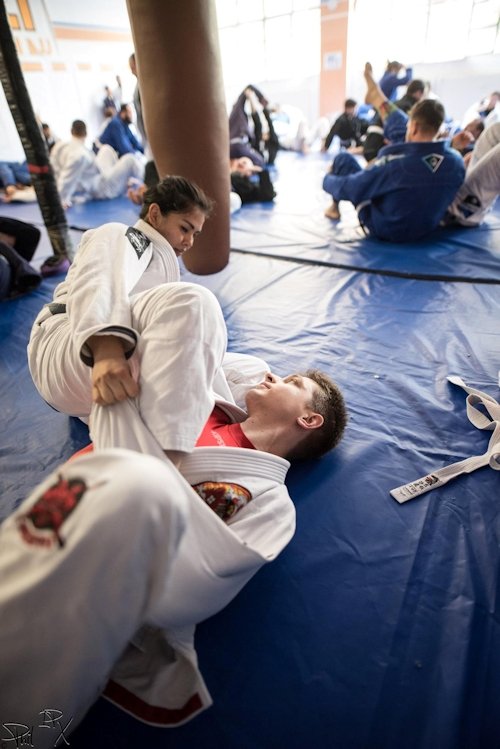

What do you think? Does it sound like something you would like to try? Or if you already practice, do you think my impressions about BJJ are accurate?
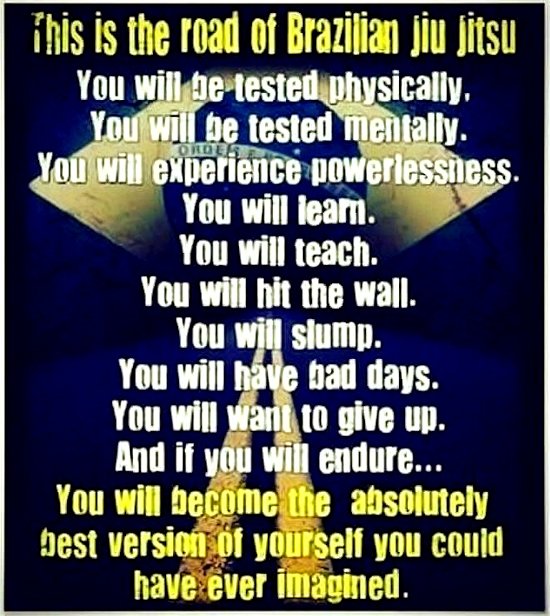
--------------------------------------------------
Image sources: For the collage at the top: 1, 2, 3. The rest are mine unless specified in the caption.
Great write up, I learned a lot about the BJJ!
Downvoting a post can decrease pending rewards and make it less visible. Common reasons:
Submit
It's a practice I've always been interested in. My knowledge is only in tournament style tae-kwon-do. I love it, but it leaves a lot of potentially fatal gaps.
Ground work is a big one so bjj would be a great suppliment. Unfortunately I'm a bit turned away from it because I have a serious control phobia and freak out if I lose it. My little brother took wrestling in highschool and it made fighting with him a bitch : /
I suppose that's all the more reason I should learn though.
Edit: dang replied to a comment again. Oh well, just gunna leave it. #toolazy
Downvoting a post can decrease pending rewards and make it less visible. Common reasons:
Submit
@alex-draw, it seems like we have similar backgrounds then, I also spent several years practicing and competing in TKD. However, while TKD is great for developing fast, precise and effective kicks, it neglects the use of the hands for both offense and defense–and of course ground fighting is out of its scope.
If you would like to start BJJ to become a more well-rounded fighter, you would have to surrender into it completely, and accept the fact that you most likely will feel very frustrated and powerless most of the time while you are first learning; the typical white belt (like myself) usually gets their butt kicked almost every class, it's part of the process. However, there is something very satisfying and challenging about it that keeps many of us coming back. Maybe you can take a couple of trial lessons and see how you feel about it.
Thanks for stopping by!
Downvoting a post can decrease pending rewards and make it less visible. Common reasons:
Submit
I am glad you enjoyed it, thanks for your comment, @o1o1o1o :-)
Downvoting a post can decrease pending rewards and make it less visible. Common reasons:
Submit
Great post on BJJ! It's far from boring or ugly :) Upvoted & re-steemed!
Downvoting a post can decrease pending rewards and make it less visible. Common reasons:
Submit
I agree, but I am trying to convince more people it isn't ;-) Thanks a lot for the upvote + resteem!
Downvoting a post can decrease pending rewards and make it less visible. Common reasons:
Submit
jiu jitsu 4 life :)
Downvoting a post can decrease pending rewards and make it less visible. Common reasons:
Submit
Absolutely!
Downvoting a post can decrease pending rewards and make it less visible. Common reasons:
Submit
Looks like extreme cuddling, I bet I can find few people who would love to join the classes and enjoy the pain.
Downvoting a post can decrease pending rewards and make it less visible. Common reasons:
Submit
@kiaazad, I guess now I shall add "extreme cuddling" to the list of alternative descriptions for BJJ! :-D
Thanks for stopping by!
Downvoting a post can decrease pending rewards and make it less visible. Common reasons:
Submit
Brazilian jiu jitsu has a lot of weak points.You cannot fight multiple attackers.An armed guy can be very dangerous too.You can't use BJJ in a cramped place.And a striker who knows how tou counter take downs can pose a serious threat.I do not know why are people so excited with BJJ.BJJ is fighting with rules.Try something else instead that trains you for fighting with no rules like Krav Maga.Good article though.
Downvoting a post can decrease pending rewards and make it less visible. Common reasons:
Submit
what if you want to compete in a sport? training without rules is useless for that.
a striker who knows how to counter takedowns is in fact a grappler who also has striking
an armed guy is very dangerous to anyone who is not armed
and bjj is ideal in a cramped place, it's used pressed up against the other person there IS NO MORE cramped then that.
you don't know why people are excited with bjj, let me ask this how much time have you spent training in it?
if the answer is none or very little of course you don't know why people who do it enjoy it
Downvoting a post can decrease pending rewards and make it less visible. Common reasons:
Submit
all I know is you mentioned nudity so I upvote!
:o)
Downvoting a post can decrease pending rewards and make it less visible. Common reasons:
Submit